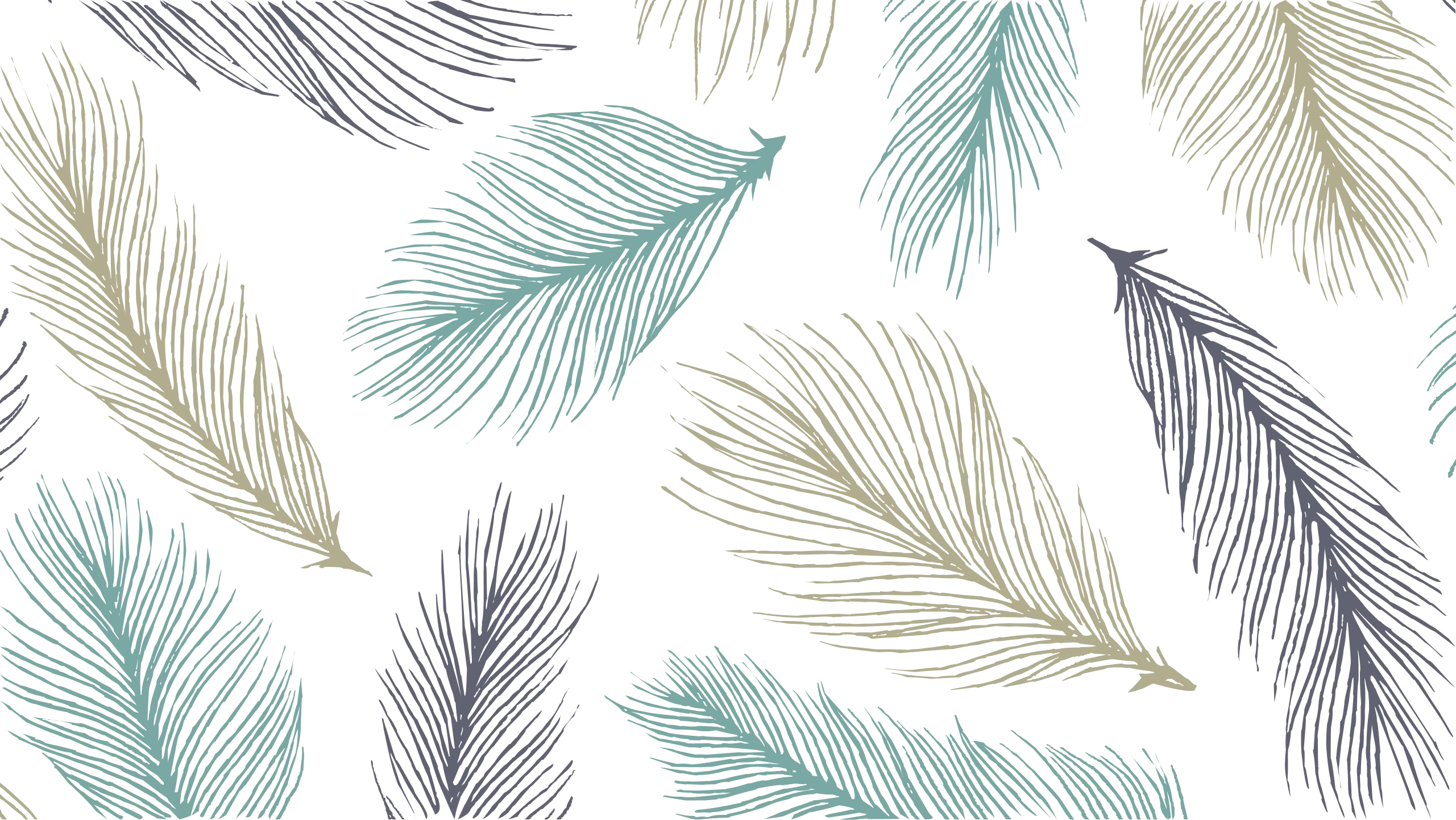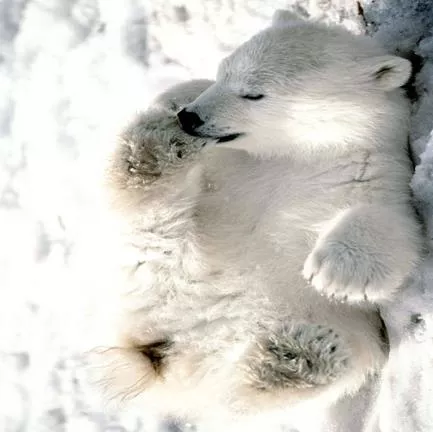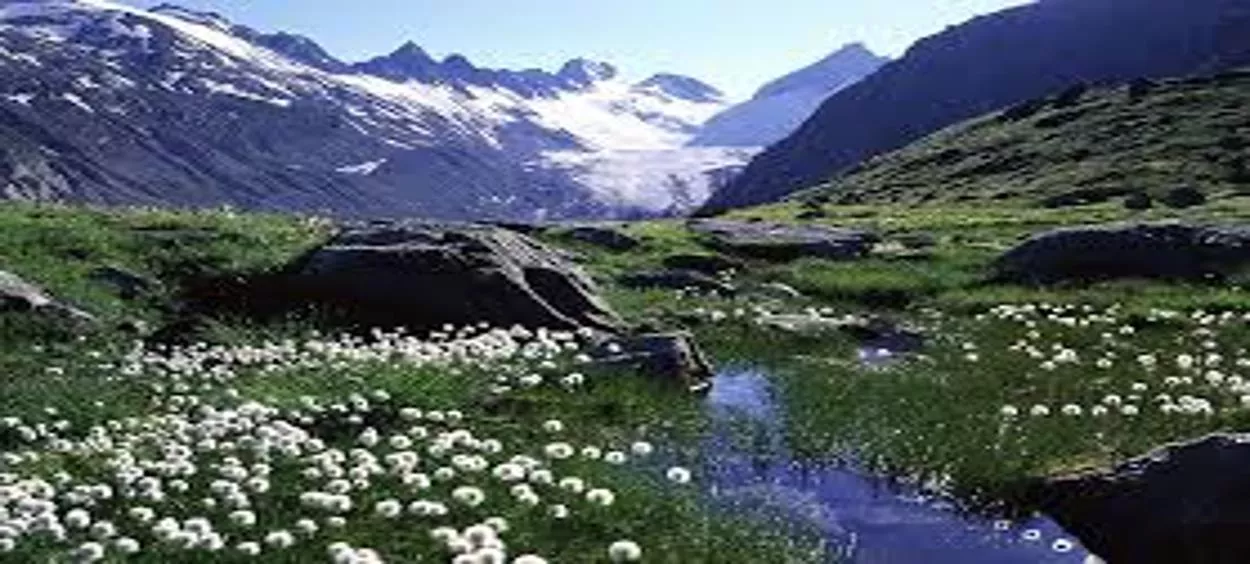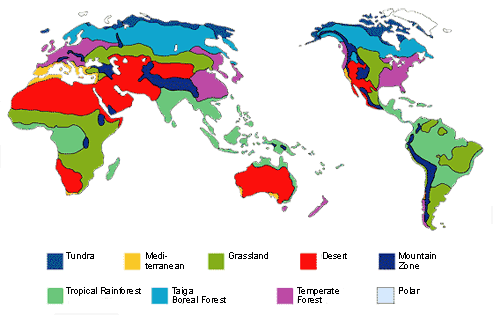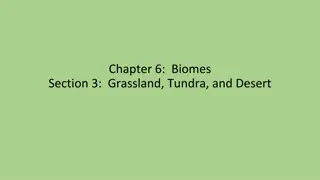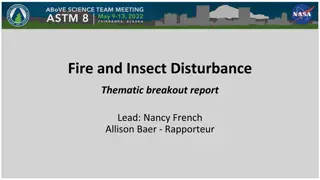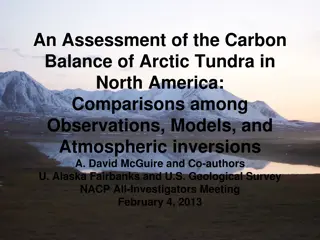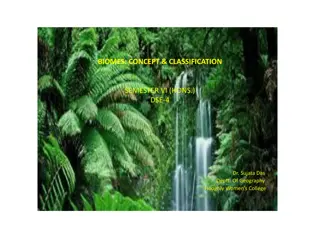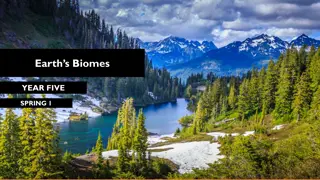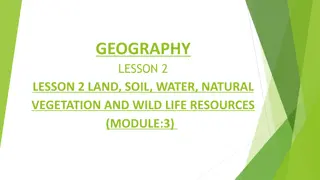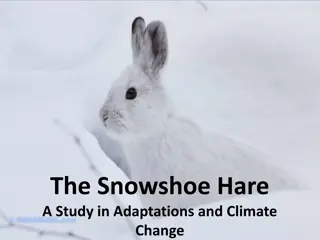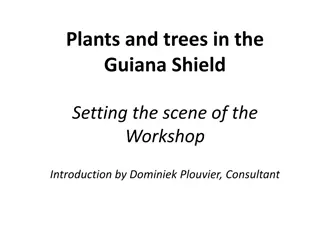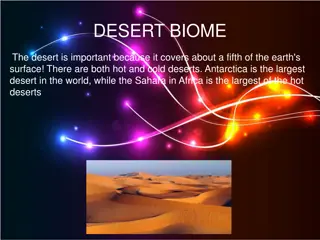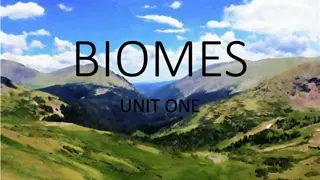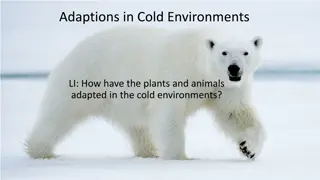Exploring the Fascinating Tundra Biome: A Comprehensive Guide
Delve into the unique ecosystem of the tundra biome near the Arctic Circle, characterized by extreme cold, limited plant life, and diverse animal adaptations. Discover the beauty of this harsh yet resilient environment, where animals like polar bears and penguins thrive amidst challenging conditions. Explore the plant adaptations that allow flora such as arctic moss and pasque flowers to survive in this frigid landscape. Uncover the secrets of this captivating biome through stunning visuals and insightful information provided by Isabella Binford and Atzhari Madera.
Download Presentation

Please find below an Image/Link to download the presentation.
The content on the website is provided AS IS for your information and personal use only. It may not be sold, licensed, or shared on other websites without obtaining consent from the author. Download presentation by click this link. If you encounter any issues during the download, it is possible that the publisher has removed the file from their server.
E N D
Presentation Transcript
Tundra Biome By: Isabella Binford and Atzhari Madera
Welcome! Come take a tour of the tundra biome with Atzhari and Isabella! hope you enjoy (': please enjoy the beauty of it all.
Tundra Climate The tundra biome is an ecosystem situated near the North Pole in the Arctic Circle. It is by far the coldest of all biomes. The winters are extremely cold with temperatures typically below - 34 C. The summers last only about two months and the temperatures are still very cold ranging from 3 to 12 C. This biome still sustains life although it encounters these extreme temperatures. Some animals, insects, and even plants thrive there. Yearly precipitation, including melting snow, is 150 to 250 mm. The arctic tundra biome ranges from 300 to 11,079 feet in elevation.
Important Charicteristics Major source of water 1,700 species of plants grow during growing season 48 species of animals The tundra is a beautiful place (There is not many good things about this biome)
Animals Polar Bear Penguin arctic foxes snowy owls pocket gophers grizzly bears
Animal Adaptations polar bears have a thick layer of fur and blubber to help them adapt to the cold tundra temperature penguins have webbed feet helping them travel over 15 mph and feathers to keep them warm most animals that live in the tundra have blubber or thick skin to help them adapt to the freezing temperatures please enjoy this vital video (': https://youtu.be/nMBNFZDvQ_o?t=20s
Plants From The Tundra arctic moss and the pasque flower are plants from the tundra biome along with tufted saxifrage & diamond leaf willow
Plant Adaptations Most plants in the tundra have developed the ability to grow under a layer of snow, to carry out photosynthesis in extremely cold temperatures, and to produce flowers quickly once summer begins. A small plant structure is another physical adaptation that helps plants survive.
The End (: Well you ve reached the last of our presentation, thank you for your time! please feel free to leave a 100 in the grade book (; also please enjoy this adorable picture of a baby harp seal :P
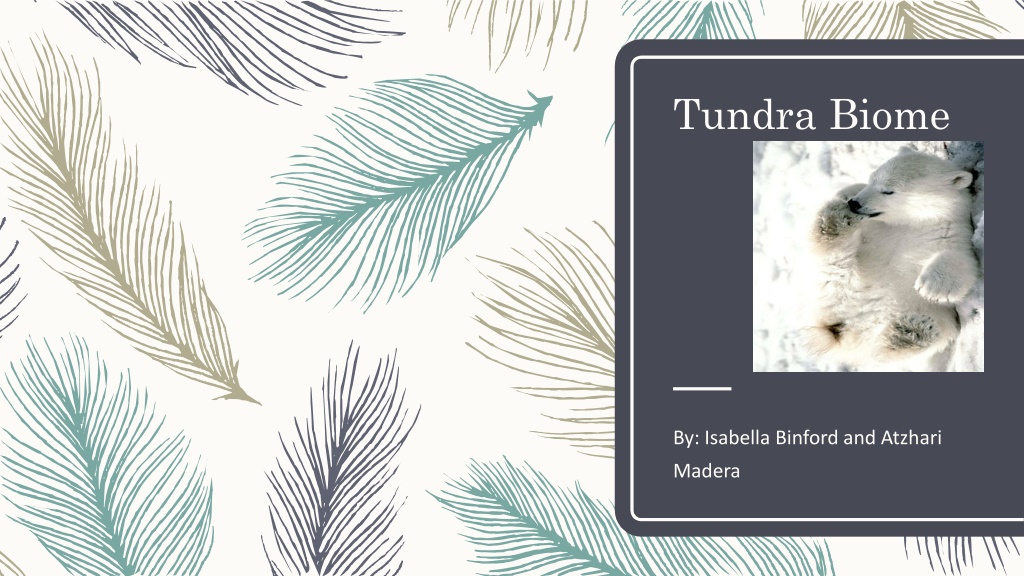
 undefined
undefined